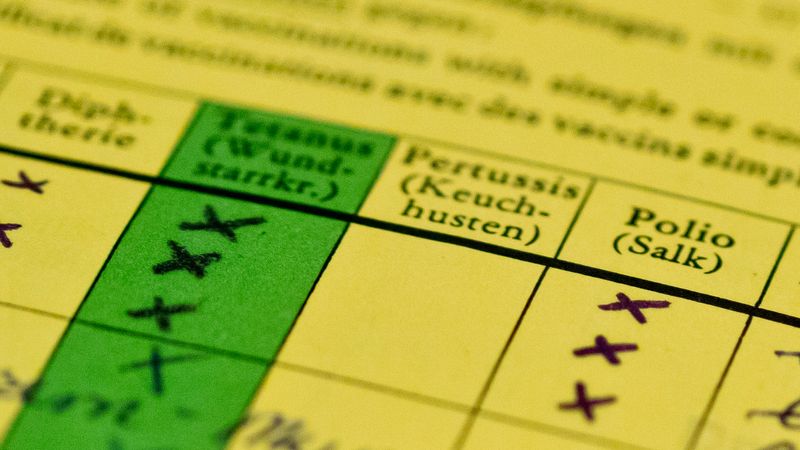For a scientific research project, citizens collected sand along the entire German coast for a year. It was examined for microplastics. The results were surprising.
How much microplastic is found on beaches along the German Baltic and North Sea coasts and on islands? Researchers at the Alfred Wegener Institute (AWI) in Bremerhaven have done just that for the first time. large scale study The research was supported by citizens. AWI said more than 1,100 samples were taken from 71 beaches. A total of 2.2 tonnes of sand was collected over one year.
They were then tested in the lab for larger microplastics, ranging in size from one to five millimeters. Contamination by smaller particles from the air or from the assistants’ clothing was ruled out. The scientists published the surprising finding in the journal Frontiers in Environmental Science.
Loading less than expected
“Although we found plastic on 52 of the 71 beaches, the burden of large plastic particles in the North and Baltic Seas was lower in quantity than in other studies,” said first author Bruno Walter. Co-author Melanie Bergmann explained this, among other things, by saying that the sampling sites on the beaches were chosen randomly. Other studies have focused primarily on enrichment sites such as soap scum.
“If we had looked at smaller microplastics, we would have certainly found much higher concentrations,” the AWI biologist added. In previous AWI studies in the North Sea and the Arctic, particles smaller than one millimeter were responsible for more than 90 percent of microplastics in sediments.
Comparable data for the first time
The extent of beach pollution in the North and Baltic Seas has so far only been examined for individual areas, not for the entire German coast and islands. “Our study is the first to provide comparable data on the large-scale distribution of plastic pollution along the entire German coast using standardized methods,” Bergmann stressed.
Standardised methods are essential to understand the current situation and to be able to assess the success of policy measures to reduce plastic pollution. Monitoring results suggest that changes in law may have led to fewer plastic bags being found on the seabed in north-west Europe over the past 25 years.
More measures to Avoid plastic required
However, much more needs to be done, says Bergmann. “We need stricter guidelines based on scientific findings that regulate how to avoid, reduce and recycle plastic.”
Specifically, it is about measures that limit the production and use of plastic to essential applications, prohibit hazardous components, and increase its biodegradability in nature, thus enabling a true cycle.
project “Microplastic Investigators” with Citizen participation
The Microplastic Detectives citizen project ran from September 2021 to November 2022. Citizens were able to take samples from sandy beaches near them. They returned the filled metal containers to AWI.
Scientists consider the project a success: “We were surprised by the number of citizen researchers who enthusiastically spent hours on the beach collecting, packaging, and shipping samples,” says Walter. The project demonstrates the value of monitoring programs that involve ordinary people to collect data on a large scale and in a timely manner.

“Total coffee aficionado. Travel buff. Music ninja. Bacon nerd. Beeraholic.”






More Stories
Tens of thousands of people die from tetanus every year
How Bayern Munich wants to find the new Thomas Muller using AI?
Webb Space Telescope Finds Missing Link to Universe's First Stars